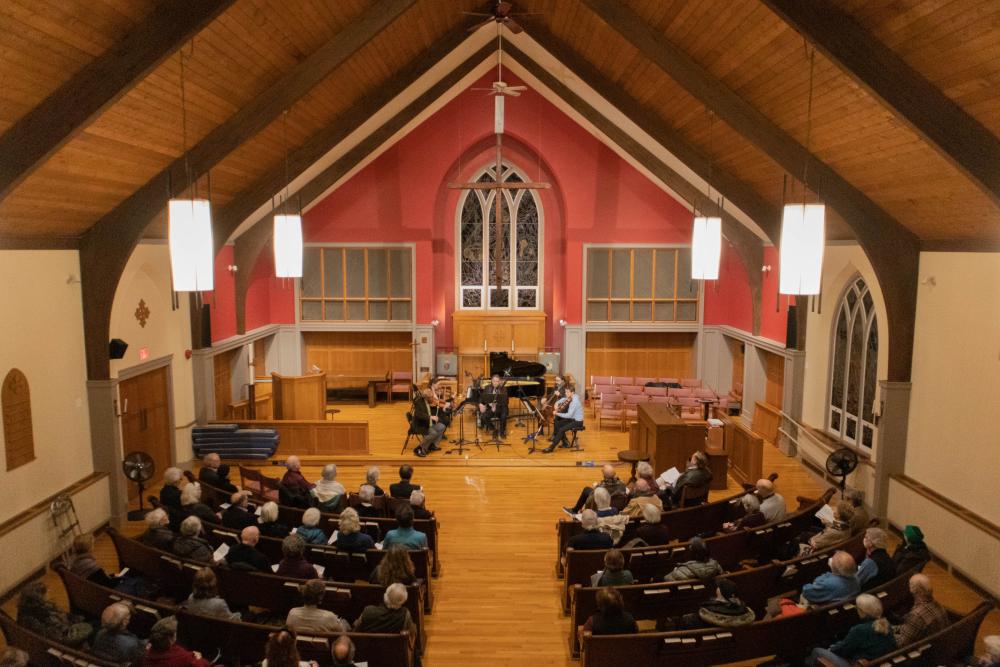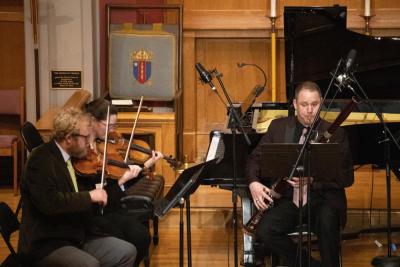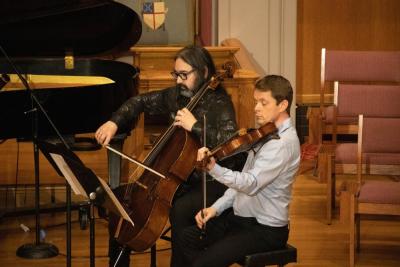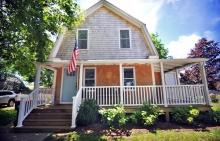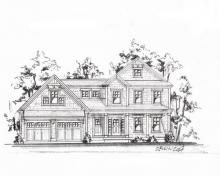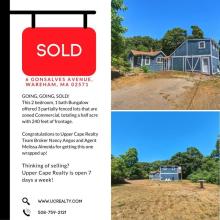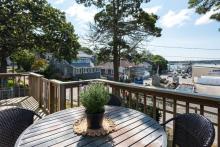Bassooniana concert 'dispels the January blues’
MARION — Unlike many concerts, the South Coast Chamber Series’ “Bassooniana” didn’t open with a roar, it began with the delicate sound of a bassoon and thoughtful nods from the audience.
Michael Mechanic, principal bassoon player for the New Bedford Symphony Orchestra took to the stage at St. Gabriel’s Episcopal Church in Marion on Saturday, Jan. 14 for a series of sonatas and suites designed to showcase the bassoon.
“It’s the big daddy of the woodwind section,” said Janice Weber, pianist and artistic director for the South Coast Chamber Series. “It has a nasal sound in the lower register and usually plays the part of an uncle or old man.”
Along with the unique sounds it can make, the bassoon stands out in its construction, explained Weber.
The instrument is large, over eight feet long if it were straightened out, and many bassoon players can’t start learning until they’re adults because it can be hard to use as a child.
“Since that’s a big instrument, it takes a lot of breath,” said Weber. “If you look at [Mechanic] while he’s playing — he’s a big guy, all bassoonists are big in my experience — it takes a lot of strength.”
As Mechanic played through Camille Saint-Saëns’s “Sonata for Bassoon and Piano, Op. 168,” the full scope and ability of the instrument was realized.
“It is a very impressive expressive instrument,” said Weber. “As you’ll hear here, it is very powerful, the bassoon can actually underline the bass section.”
But Mechanic wasn’t the only expert musician who played at Bassooniana.
Violinists EmmaLee Holmes-Hicks and Jesse Holstein, violist Christopher Nunn and cellist Leo Eguchi entertained with “La Creation du Monde” by Darius Milhaud.
They later joined up with Mechanic to play “Quintet in a minor for Bassoon and Strings” by Edouard Du Puy.
Weber described Du Puy’s quintet as “romantic” and said that the piece’s third movement was written specifically for the bassoon.
“Sometimes the third movement, because of the virtuosity involved, is excerpted as a concerto in its own right,” said Weber. “So it's a very wonderful piece.”
Finally, the strings returned to the stage to play “Cafe Music” by Paul Schoenfield, a piece that combines “klezmer, viennese, [and] broadway,” said Weber.
The concert ended with a standing ovation that lasted so long the performers who left the stage returned for a second bow.



